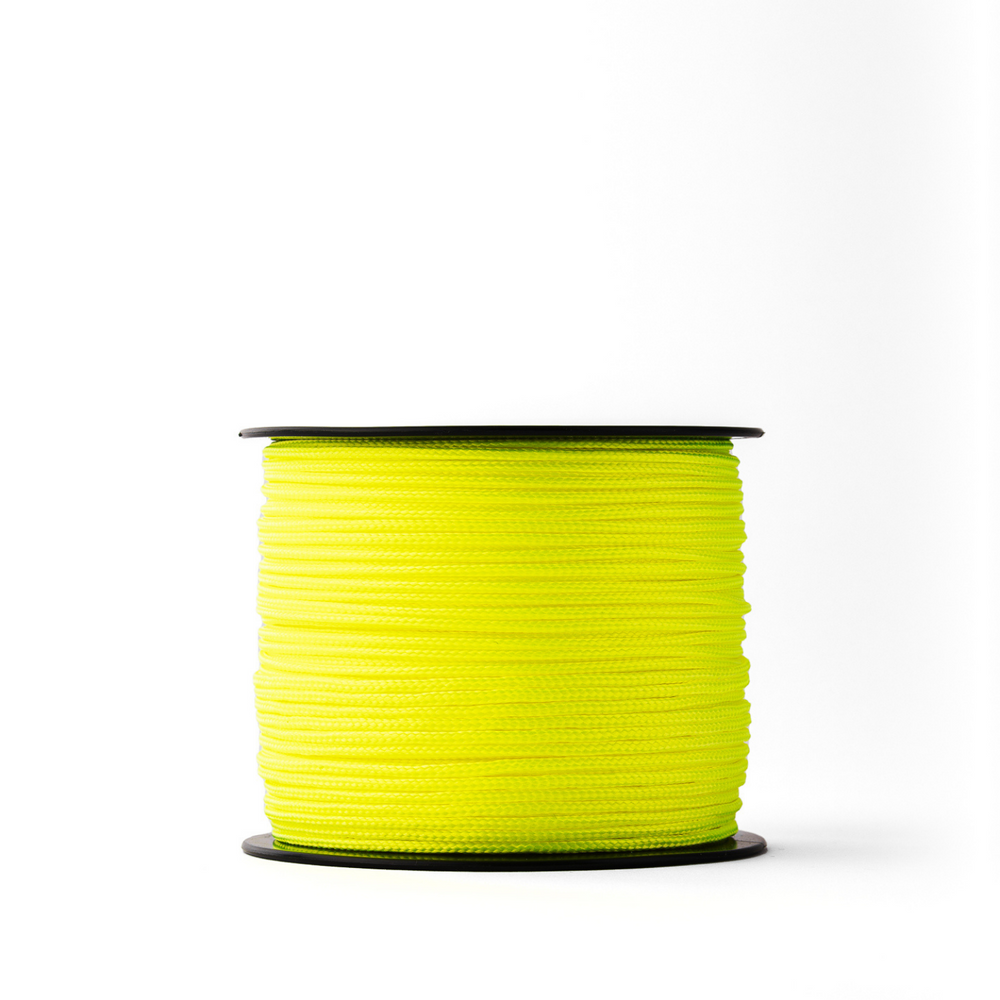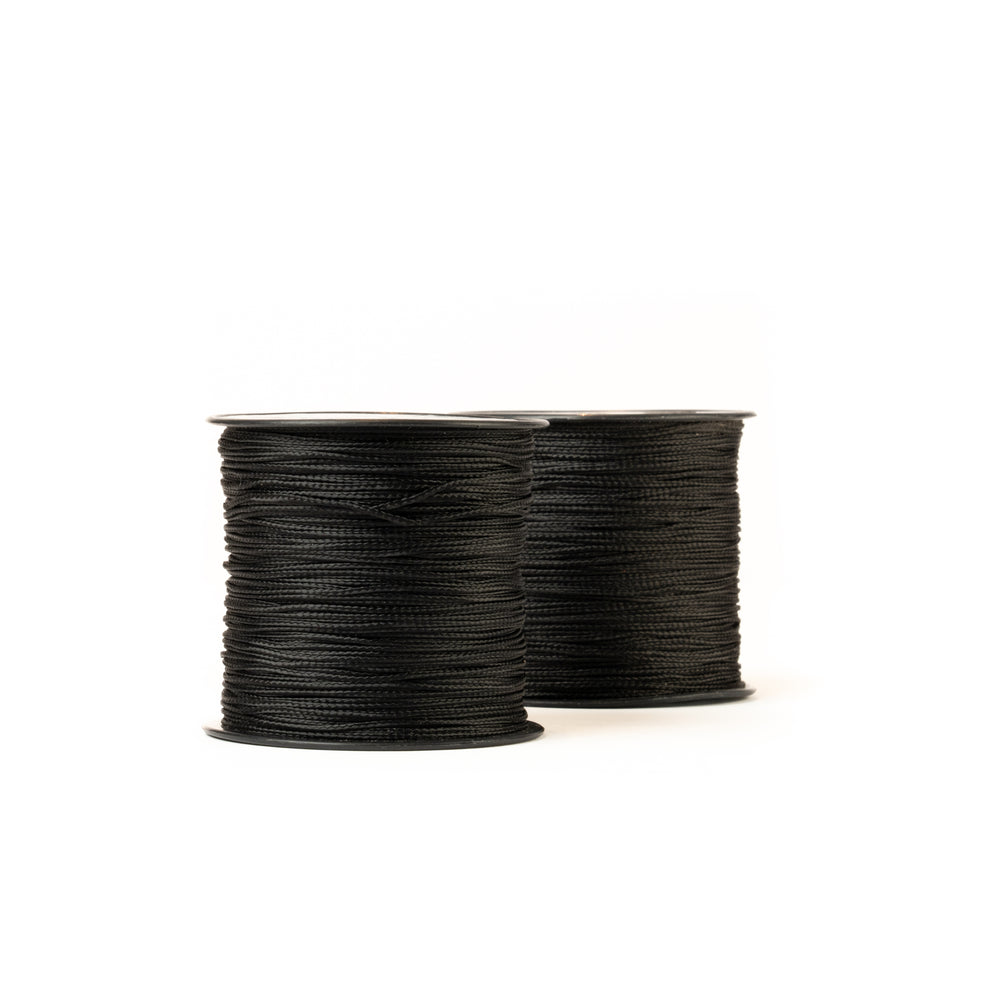34 producten
Polyamide of nylon
Polyamide of nylon was het eerste materiaal dat gebruikt werd voor synthetische touwen.
Het gaat om een keten van monomeren van het type amide dat gemaakt wordt van benzeen dat na een bepaald productieproces tot korrels wordt geperst. Deze korrels worden gesmolten en geëxtrudeerd. Zo ontstaan filamenten of vezels (= smeltspinnen).
De vezels worden daarna gesponnen tot garen en zo verder behandeld tot een afgewerkt touwproduct.
Eigenschappen
Technische eigenschappen
Toepassingen
Opmaak
Winkelmandje ()






















